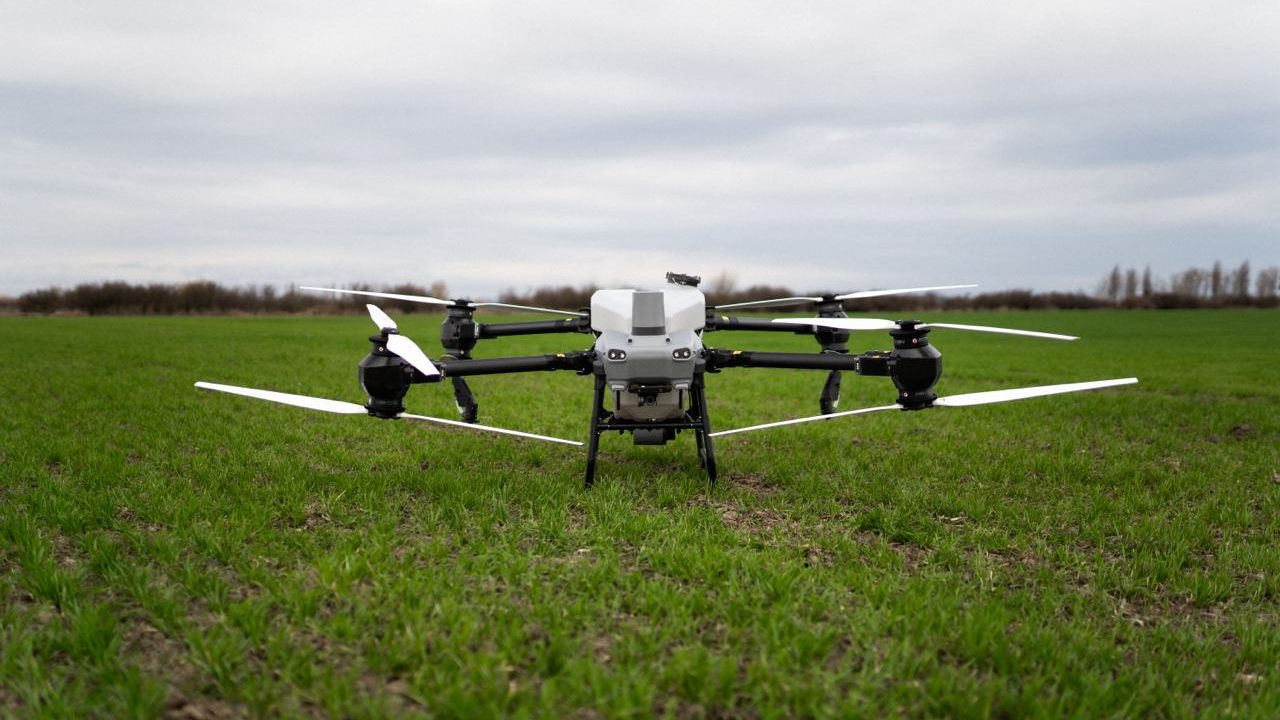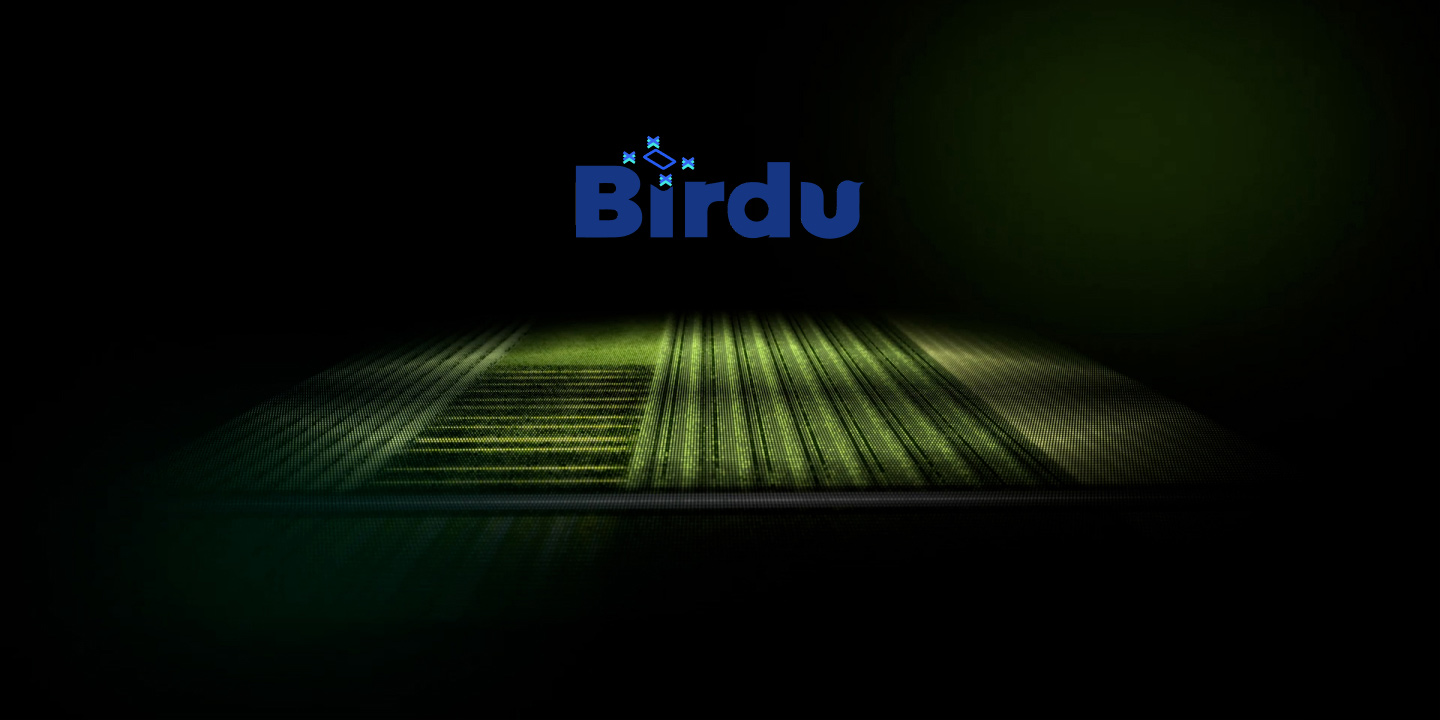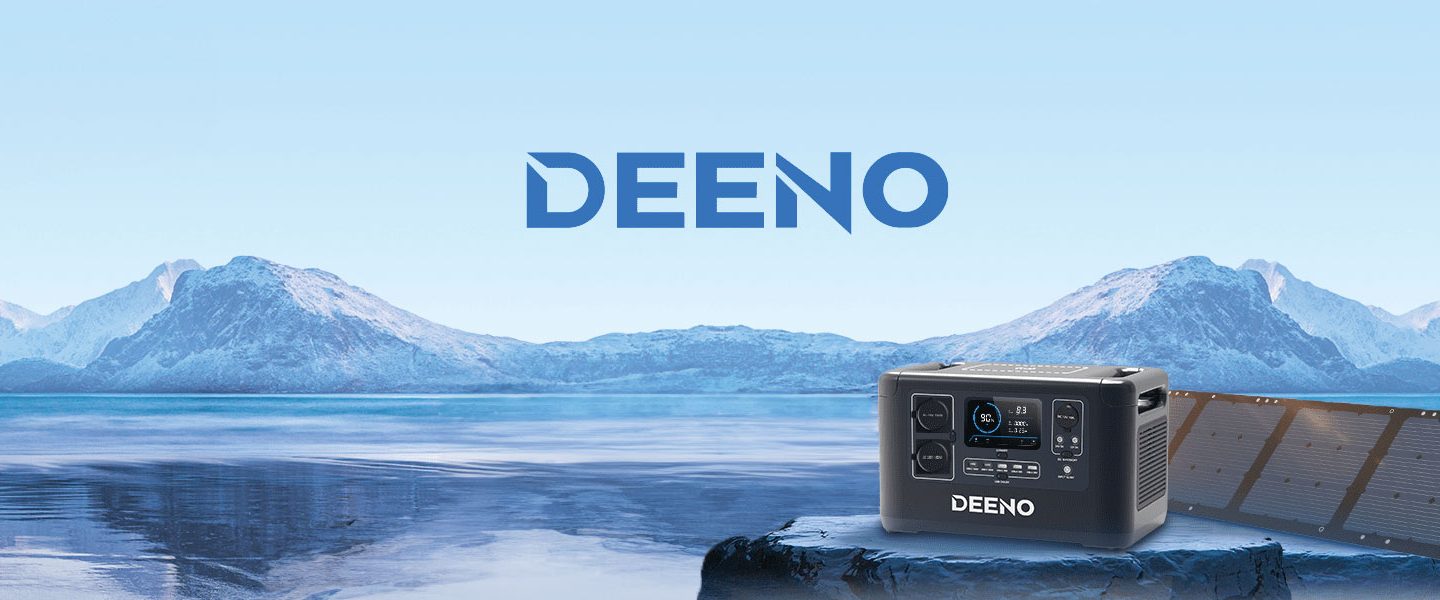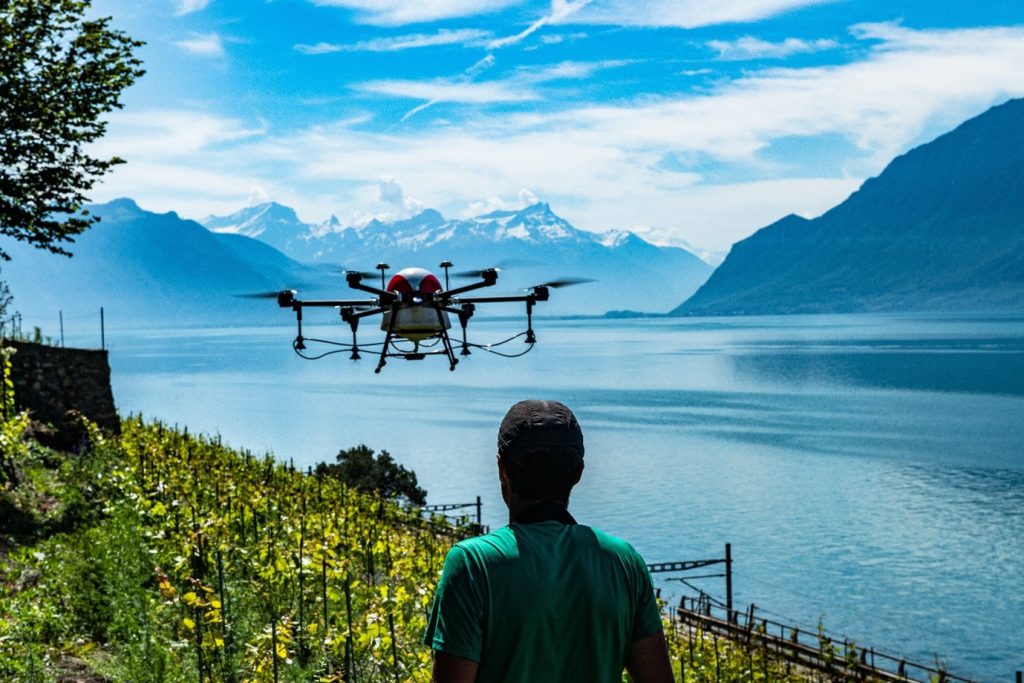
In Switzerland, a “National Standard Scenario” has been developed for unmanned aerial vehicles (or drones) for spraying. This “scenario” contains a number of important points that must of course be fulfilled in order for drones to be used for the application.
- The type of drone must be approved by Agroscope for “ground application” and each drone must pass sprayer testing through the Agroscope company
- A company operating a drone must have a “Specific Operations Risk Assessment” (SORA) approved by the Federal Civil Aviation Authority.
After 2025: Spraying drones will need a permit from the Federal Civil Aviation Authority under SORA or EU-PDRA under (EU) 2019/947. According to current information, around 100 drones are currently being used for spraying in Switzerland.
The approval and testing process that each type of drone has to go through with the Agroscope organisation is a set of many activities carried out with these drones. (The DJI Agras T30 drone, for example, has passed this testing and is authorized to work) To begin with, the test criteria for the homologation of these drones are set, namely:
- The sprinkler system shall comply with the principles of ISO 16122
- For lateral distribution of spray liquid, the coefficient of variation must be
- Accuracy of automatic flight paths +/- 50cm
Standard controls for the spray system (ISO 16122)
One of the main parts of Agroscope’s testing is a standard check of the technology and the spray system. This consists of several points such as:
- Available filters
- Nozzle dripping after stopping spraying
- Nozzle flow
- Indication of flow rates or pressure
- Leaks
- Weight…
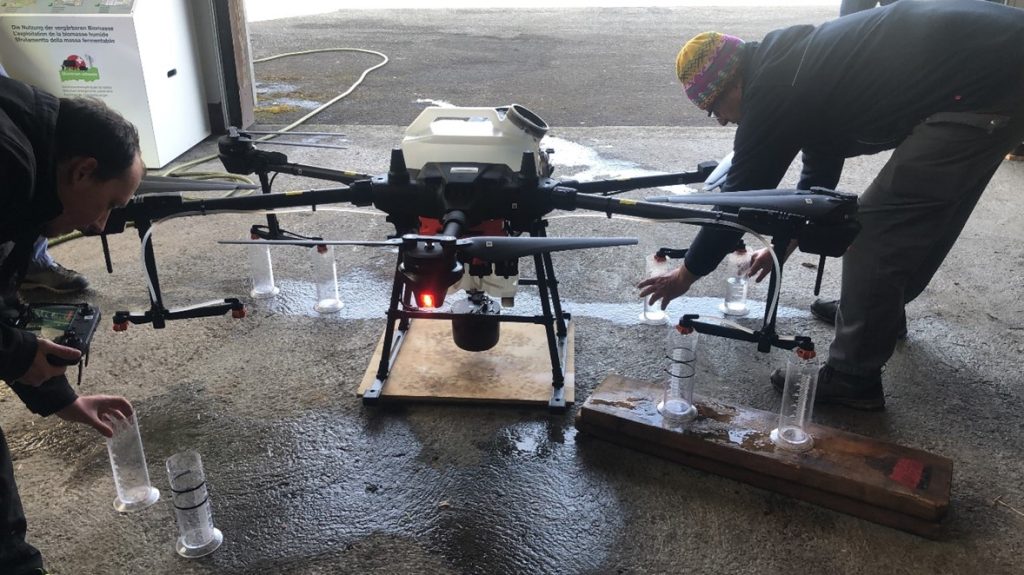
Spray liquid transverse distribution
This is being examined on a 6m x 3m “Sampler” (see Figure 3). The principle is to control the precise dosing from all nozzles (see Figure 4) while hovering continuously above the ‘Sampler’ at a height of 2.5 m


Influence of flight height on distribution
Transverse distribution at 1 to 2.5 m flight height (see Graph 1)

At heights of 1m and below, no suitable distribution occurs 2.5 – 3m provides much better distribution (less influence of individual propellers and more homogeneous airflow)
Transverse distribution with different nozzle types and different measurement methods
In this testing, 3 measurement methods were used:
- Patternator
- Tracer and photometric analysis
- Water-sensitive paper
And 3 types of nozzles:
- Teejet XR
- Teejet TXA
- Lechler IDK
Testing showed that there were no significant differences between the methods (see Figure 2)


Flight path accuracy
In this testing, the drone flies according to predefined routes (simulating a field, 3 bands) and has an additional RTK-GNSS data logger attached to it (see Figure 5) to measure the deviation of the defined route. Accuracy achieved in general (see Figure 3):
- Values are within 50cm
- 50% of the values +/- 10cm


Conclusion
In Switzerland, drones have found their place and application especially in vineyards with steep slopes, which has been greatly helped by Agroscope and the Federal Civil Aviation Authority. The homologation and testing of sprayers started in Switzerland 5 years ago, which has also resulted in many positive responses to the drones themselves. The use of drones has shown several advantages in certain cases, which is why more than 100 drones are currently flying in Switzerland.


